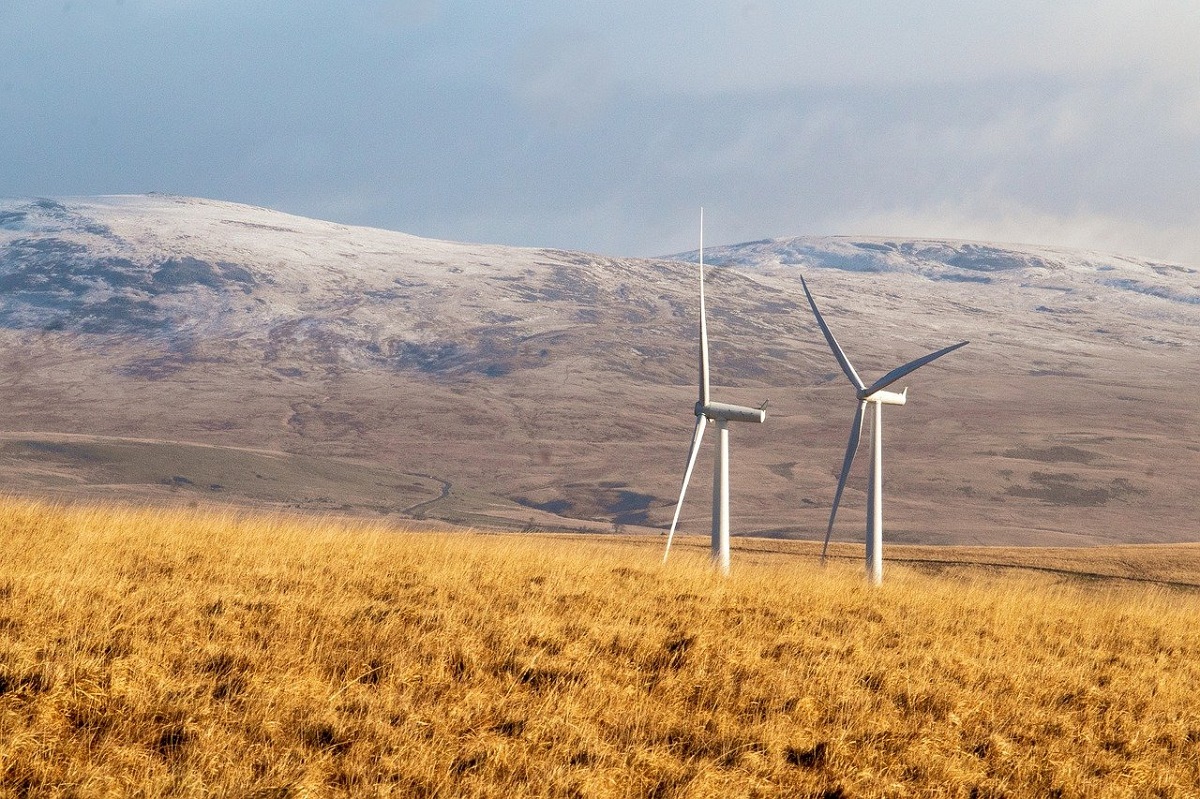Australia sets a new record for renewable energy generation for the fifth year in a row, with solar, wind and hydro now accounting for about a third of Australia’s energy mix.
This coincided with 2021 being a record year for solar energy adoption, with more than one in four Australian homes fitted with rooftop solar panels.
Last year, renewable energy generated 32.3% of the power in Australia’s National Electricity Market, covering all jurisdictions except Western Australia and the Northern Territory.
Overall, Australia’s total energy demand met by solar, wind and hydropower has grown by 23% from 2020 to 2021.
Industry, Energy, and Emissions Reduction Minister Angus Taylor said investment in the sector has made Australia a world leader in reducing carbon emissions.
“Last year, $7.4 billion was invested in renewable energy in Australia, or $284 per person,” Taylor said. “This puts us ahead of countries like Canada, Germany, Japan, France, China, and the US on a per capita basis.”
Several new significant projects are also expected to come to fruition in the first half of 2022, either to be announced or to begin construction in the renewable energy sector.
Taylor said the government focuses on ensuring energy stability during the transition period.
“As record levels of renewable energy come online, the Morrison government’s energy policy is focused on three things: ensuring grid stability, keeping prices low, and further reducing emissions. The key to this is balancing renewable energy sources and reliable power on demand.”
Renewables and gas have driven energy prices down in most Australian jurisdictions so far.
However, while solar panels have become one of the cheapest forms of energy, there are growing concerns about the potential for slave labor in solar supply chains, especially as 90% of Australia’s solar panels are made in China.
The federal government is taking several measures to keep the lights on amid the rapid solar and wind power growth.

